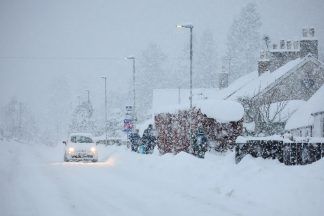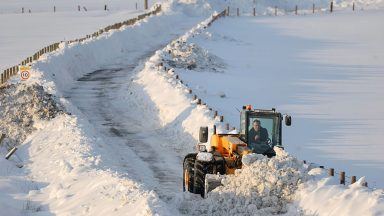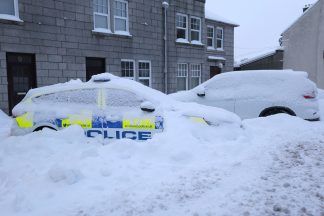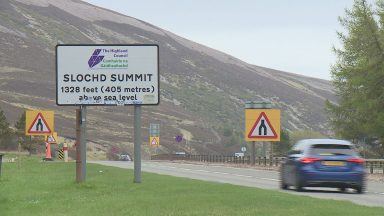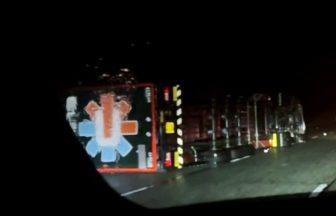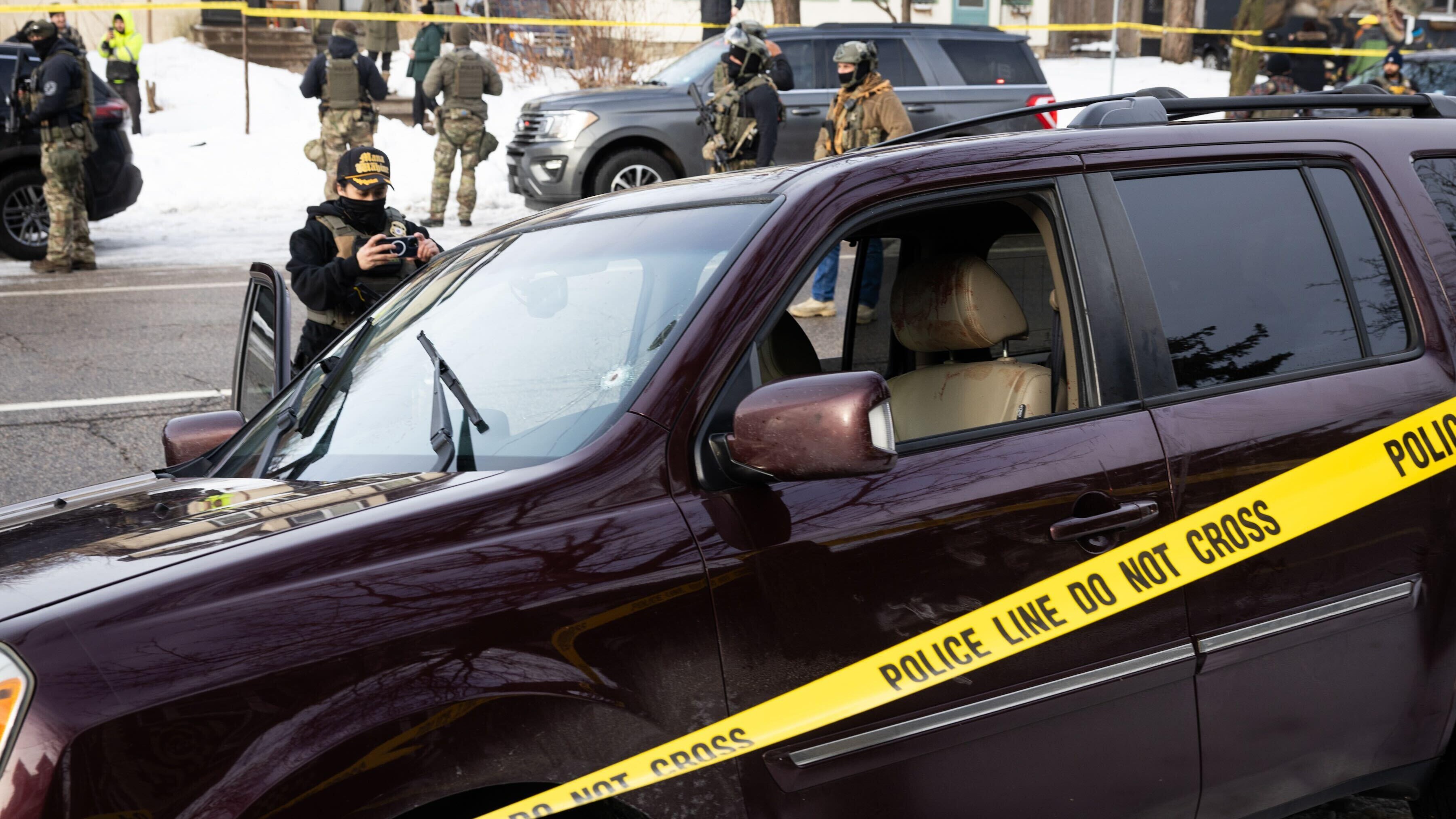Over 240 large-scale ‘battery energy storage systems’ are being planned – or are already operating – in Scotland.
The sites are designed to store energy from wind and solar but have attracted opposition over safety concerns.
In Eaglesham, over 3,500 people have signed a petition against the construction of a 40MW facility on greenbelt land.
Permission for the development was initially refused by East Renfrewshire’s planning committee, but a second application was later approved.
After that decision, a reporter appointed by the Scottish Government rejected an appeal over the first plan.
The reporter found the proposal would lead to “adverse visual effects in a greenbelt location”.
In Glasgow, plans for a facility between Nitshill and Barrhead are also facing dozens of objections.
A planning application has been submitted to Glasgow City Council to erect the development in a field in the Greater Pollok area.
Proposals include 12 containers housing the energy storage systems located on 9.5 acres of designated greenbelt land.
Concerns over health and safety, fire risk, negative impact on wildlife, light pollution and loss of greenspace have been put forward by residents.
The figures, given to STV News by Solar Media Market Research, show that 24 sites (around 1.3 GWh) are already operational in Scotland.
There are 217 projects (around 35 GWh) with planning approved but not operational; meanwhile, 87 have submitted planning permission and are awaiting a decision.
As the number of facilities continues to rise, the Scottish Fire and Rescue Service says it has a dedicated group monitoring the applications.
Chris Getty, area commander within the Scottish Fire and Rescue Service’s (SFRS) prevention directorate, said: “It’s important to highlight that the SFRS is not a statutory consultee with regard to planning processes for Battery Energy Storage Systems (BESS).
“However, we will engage appropriately where asked and remain a key part of building standards consultations to maintain safety for firefighters, employees and members of the public.
“Our organisation adheres to the National Fire Chiefs Council’s guidance for BESS, which was developed with the safety of both the public and emergency responders in mind. It’s also worth noting that BESS premises require licensing through SEPA, for which they need to have robust measures in place to control processes and ensure adequate means are in place to prevent fire.
“As an organisation, we believe a strong focus on prevention and adherence to industry safety standards is essential for managing risks.
“Within SFRS, we have a dedicated working group that will continue to monitor the increasing number of BESS applications and their development, alongside the Service’s role in the planning, consultation, and progression of these sites.
“In terms of operational response, our highly skilled and trained firefighters respond to all reports of fire and have the ability to deploy a range of standard and specialist resources, alongside resources by specialist partners as determined by the needs of an incident. This can include, for example, atmospheric monitoring.”
Follow STV News on WhatsApp
Scan the QR code on your mobile device for all the latest news from around the country


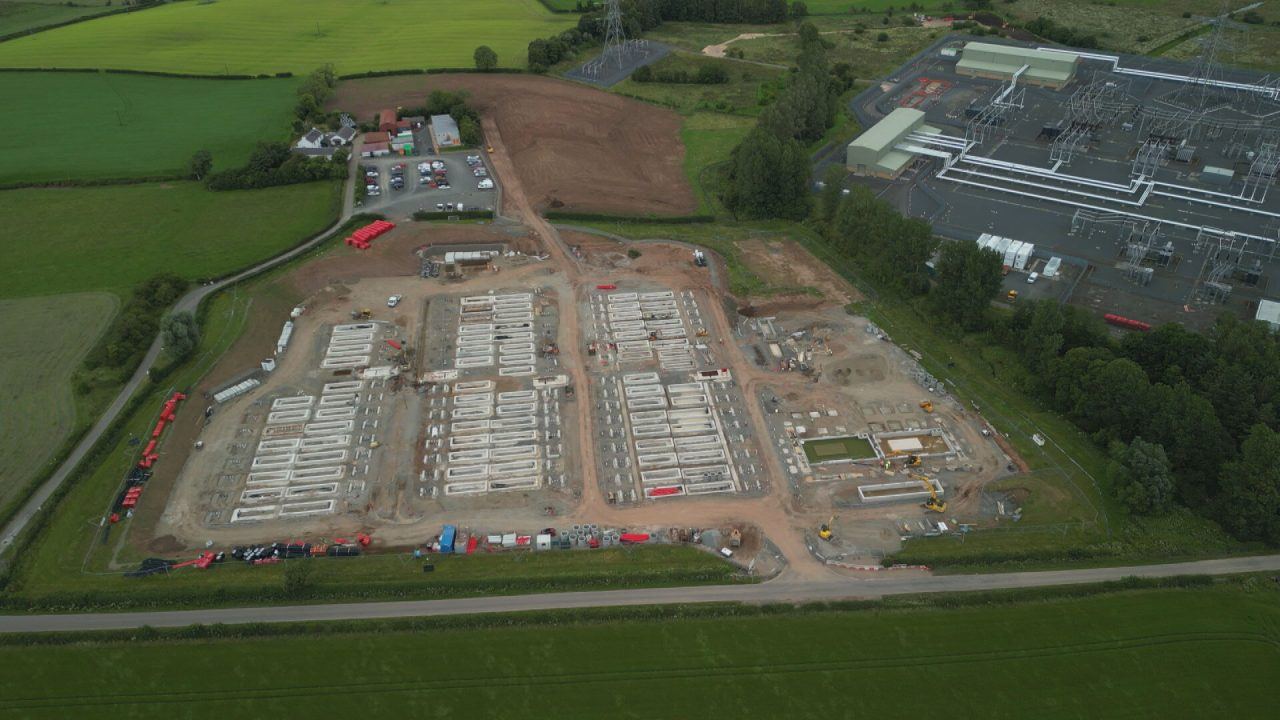 STV News
STV News

